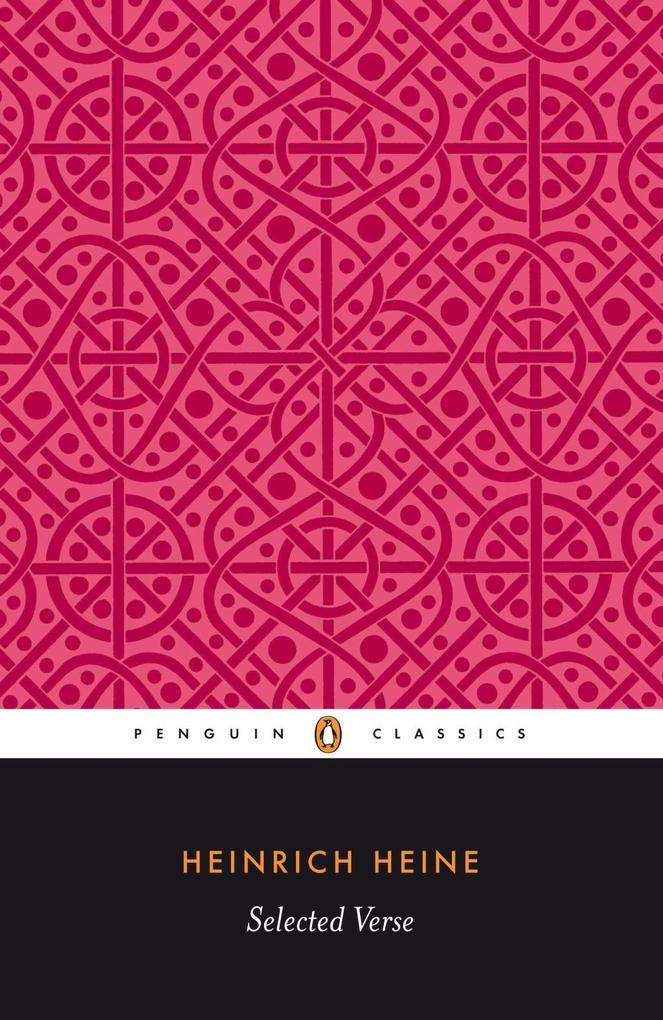Bücher versandkostenfrei*100 Tage RückgaberechtAbholung in der Wunschfiliale

Sofort lieferbar (Download)
'One of the first men of this century' is how Heine described himself when he claimed to have been born in the early hours of 1800. It was typical of Heine to create this humorous doubt - he was in fact born in 1797. He was a restless and homeless poet, a Jew among Germans, a German in Paris, a rebel among the bourgeoisie and always, as his famous doppelgänger poems show, a man divided against himself. This selection, with the German originals accompanied by English prose translations, provides the perfect introduction to Heine. He can be magnificent as an acute, irreverent commentator on politics and current events, though his genius most often strikes home in the poems filled with despair, or sensuality, or sweetness, or self-mockery, in which he draws out the whole gamut of emotions provoked by love and immanent death.
Produktdetails
Erscheinungsdatum
29. August 2013
Sprache
englisch
Dateigröße
1,95 MB
Autor/Autorin
Heinrich Heine, Peter Branscombe
Verlag/Hersteller
Kopierschutz
mit Adobe-DRM-Kopierschutz
Produktart
EBOOK
Dateiformat
EPUB
ISBN
9780141394121
Entdecken Sie mehr
Bewertungen
0 Bewertungen
Es wurden noch keine Bewertungen abgegeben. Schreiben Sie die erste Bewertung zu "Heine" und helfen Sie damit anderen bei der Kaufentscheidung.








